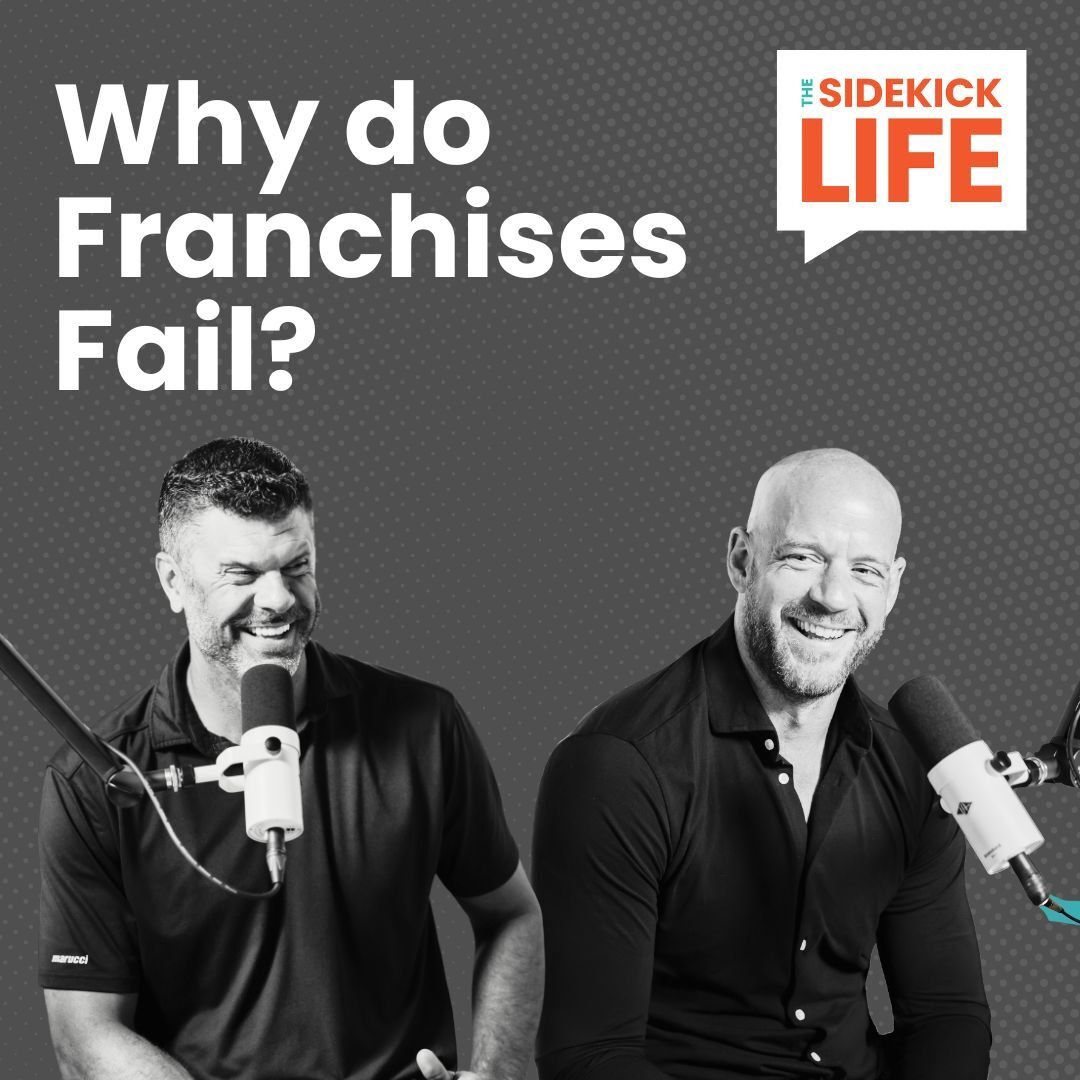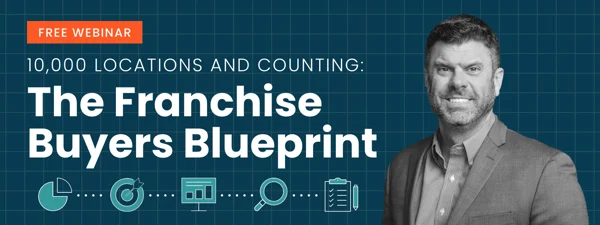Hosted by:
-

Ryan Zink
-

Tyler Altenhofen
From Idea to Empire: How Wil Built the Fastest-Growing Golf Simulator Franchise in America
The Back Nine started as a simple idea between friends in 2020. Five years later, it’s the fastest-growing golf simulator franchise in the country—290+ locations awarded and expanding fast.
But this isn’t a story about overnight success. It’s about obsession, accuracy, automation, and building a franchise system that actually scales.
In this episode of The Sidekick Life, hosts Ryan Zink and Tyler Altenhofen unpack how founder/CEO Wil Bangerter walked away from law, turned a 1,400-sq-ft two-bay concept into a national brand, and what it really takes to support hypergrowth.
Let’s break it down.
Why The Back Nine Took Off (When Others Stalled)
1) Elite Accuracy Golfers Can Feel
Golfers know instantly if a sim’s data is legit. The Back Nine partnered with top-tier tech so ball flight, spin, and dispersion feel like the real thing—making practice addictive and memberships sticky.
2) Automation = Low Labor, 24/7 Access
The Back Nine built proprietary software for keyless entry, self-serve booking, memberships, security, and payments. Translation: lean teams, consistent member experience, and strong unit economics.
3) Category-Defining Partnerships
From Full Swing and TGL to tee-time giants, The Back Nine leverages scale for better pricing, warranties, and national awareness—advantages most emerging concepts can’t match.
👉 Takeaway: Accuracy + automation + partnerships = a defensible moat that franchisees (and customers) feel on day one.
The Origin Story (And Early Proof)
- 2020: No quality sim within 200 miles of St. George, UT
- First location: ~1,400 sq. ft., 2 bays, low rent, scrappy buildout
- Goal: 10–15 members @ ~$200/mo to break even
- Reality: 30… then 40… then 50+ members quickly—and growing
What started as a way to play more golf became a recurring-revenue engine with real scale.
From “Let’s Try This” to Franchise System
The Back Nine didn’t rush. The team invested in software, trademarks, legal, and playbooks before scaling. Those first 10 franchisees were pioneers; fees were lower, systems were evolving, and their feedback helped shape the platform The Back Nine runs today.
What Franchisees Get Now
- A dedicated Success Manager from signing through 12 months post-open
- Centralized marketing, creative, training, and software support
- Proven launch and membership growth playbooks
- A brand that’s built for golf first (no F&B required)
Hypergrowth, Honestly
The Back Nine had a zero-sale month early on. Then momentum hit—double-digit deals per month, record stretches topping 30–40 signings. HQ scaled from 5 to 40+ employees across ops, marketing, software, finance, and training to keep franchisee-to-support ratios tight.
📌 Reality check: Scaling is messy. Hiring, onboarding, and territory mapping must keep pace or quality slips. The Back Nine’s bias: protect unit economics before adding density.
Competition Actually Helped
Five years ago, The Back Nine had to explain simulator golf. Today, the market is educated—and it’s easier to sell the The Back Nine difference. When customers can compare, accuracy and UX win.
Who The Back Nine Is For
- Executive owners seeking low-labor, semi-passive operations
- Multi-unit builders who love recurring memberships
- Markets needing year-round golf, leagues, and data-driven improvement
- Community-minded owners who enjoy hosting leagues, tournaments, and coaching
Lessons for Emerging Franchisors (What Wil Did Right)
- Product truth beats hype: Nail tech and UX before you scale.
- Automate everything: Keyless entry + bookings + billing = lean ops.
- Sequence growth: Personal network → pioneers → broker ecosystem.
- Protect territories: Under-map until performance proves more density.
- Out-partner the field: Use scale to improve pricing, warranties, and awareness.
FAQs
Is The Back Nine a bar/restaurant concept?
No. It’s golf first with automation, memberships, and strong unit economics. No F&B required.
How “passive” is it?
It’s low-labor, but owners who engage their community (leagues, events, local partnerships) grow faster.
What makes The Back Nine different from other sims?
Accuracy, automation, and partnerships—plus a franchise support model tuned for quick openings and consistent operations.
How long to open?
Depends on site, permits, GC. The Back Nine provides project guidance and a dedicated Success Manager to keep you on track.
Final Thoughts: Golf Isn’t Seasonal Anymore
The Back Nine turned a personal obsession into a scalable platform by respecting the golfer and respecting the franchisee. If you’re evaluating franchise opportunities, this is what a modern, automation-led model looks like.
🎧 Listen to the full episode of The Sidekick Life for the complete story with Wil—from scraping floors to signing 30–40 deals in a month, the early mistakes, and what’s next.
Ready to Explore Franchising the Right Way?
Sign up for our free 20-minute webinar:
Previous Episode

Episode 27
Why do Franchises Fail?
46 minIn this episode of The Sidekick Life, we break down the real reasons franchise brands fail, from bad leadership to broken systems, and show you how to spot the warning signs before you invest.
